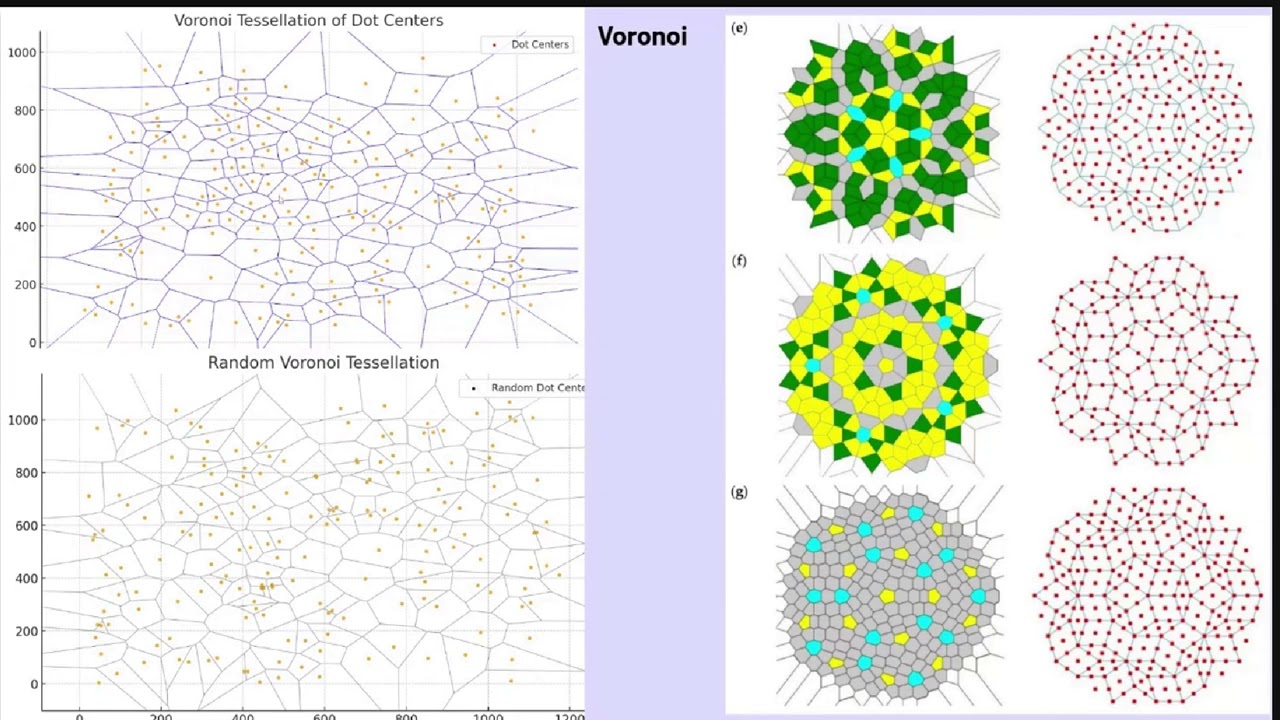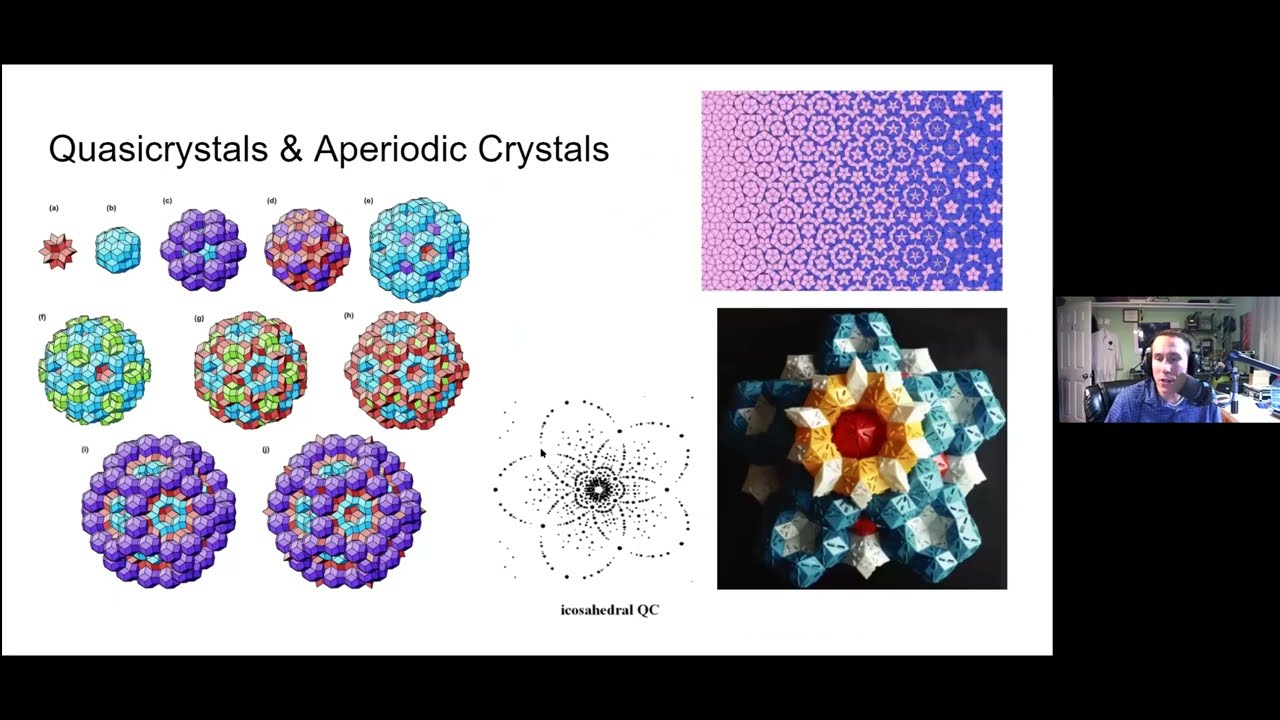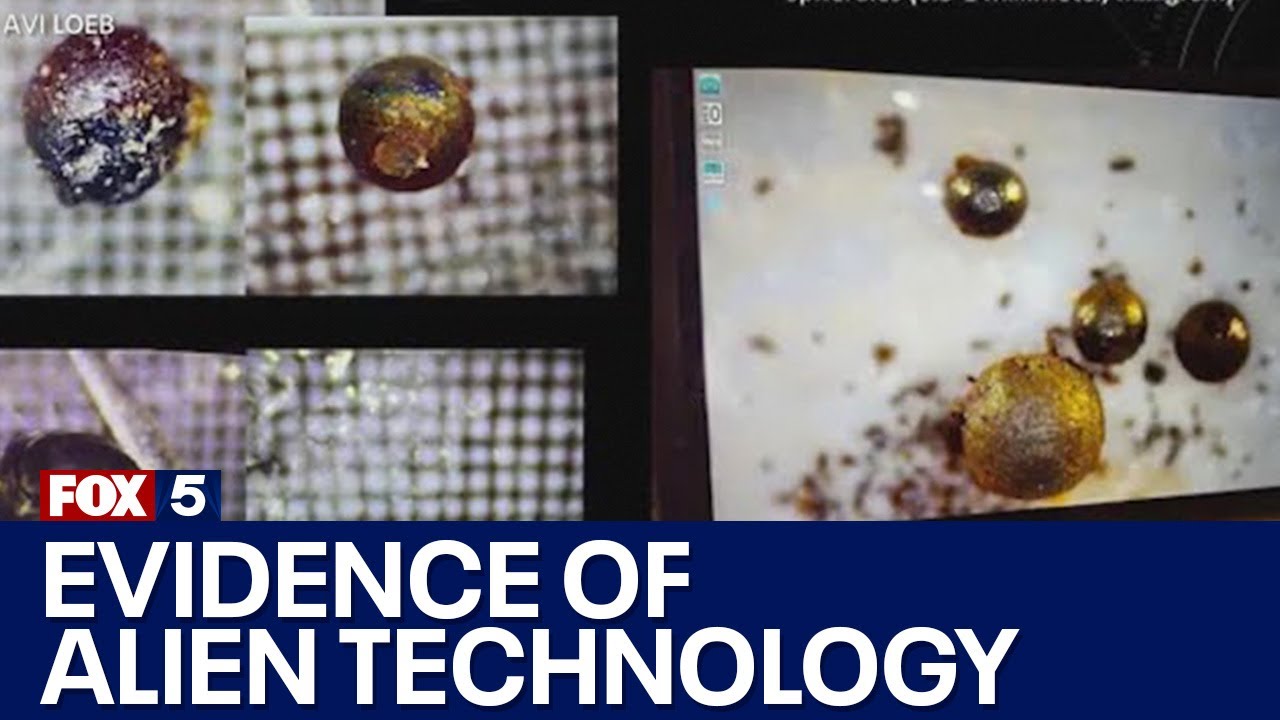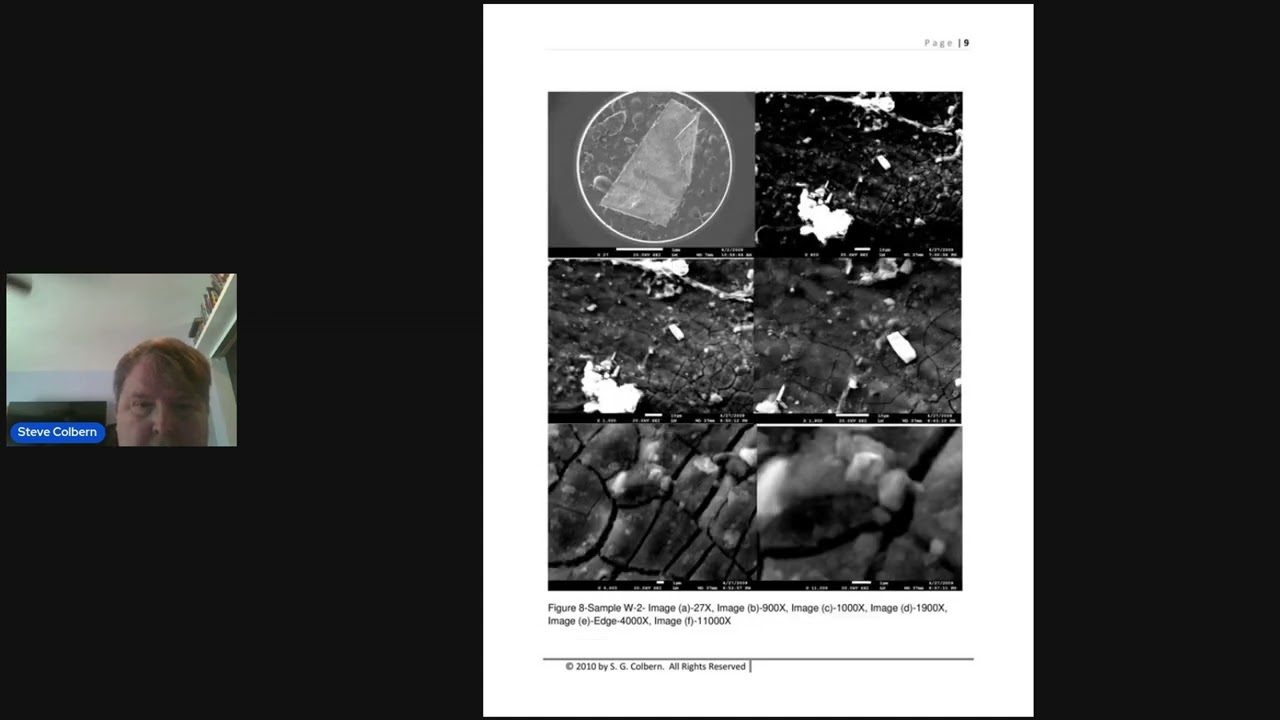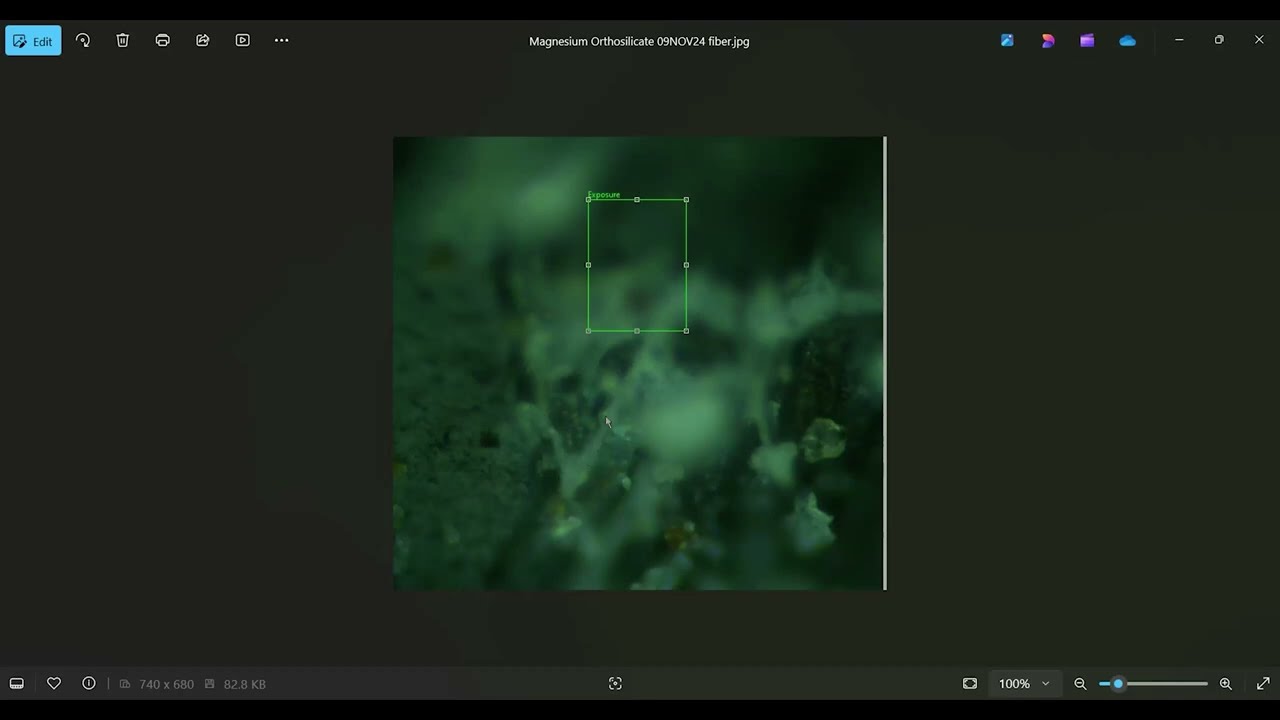Art’s Parts: Initial UFO Sample Analysis Overview
Mark Sokol, Jarod Yates & Tim Ventura perform visual analysis on a sample of “Art’s Parts” UFO material provided by an anonymous donor, which exhibits unique reflectivity & structural properties not previously described. Visual analysis uncovered new features for the Art’s Parts sample, including interesting reflectivity & reflectivity, as well what appears to be hexagonal structuring on the surface and the possibility of micro- or nanostructures within the material itself. This video details the meticulous examination of the small, anomalous metallic object using various magnification techniques and lighting sources.
The object’s composition appears to include bismuth, magnesium, and zinc, exhibiting unusual waveguide properties and potentially functioning as a heat-to-electricity converter or even a more advanced energy manipulation device. Its resemblance to previously studied “Arts parts” (reported UFO wreckage) is noted, along with the challenges of determining its terrestrial or extraterrestrial origin and manufacturing method. Further analysis, including electron microscopy and isotopic testing, is planned. The researchers express excitement and wonder at the object’s potential implications for advanced propulsion and energy technologies.
A Tiny Artifact, a Giant Mystery:
The initial discovery (00:00:00) was entirely unplanned. The object, roughly the size of Lincoln’s face on a penny (01:15:00), was initially observed under a USB microscope. Its immediate characteristics were striking: a layered structure with jagged edges (00:00:15), a rainbow-like iridescence (00:00:10), and a distinct hexagonal pattern (01:00:00) reminiscent of a honeycomb. The team immediately recognized similarities to previously analyzed “Arts parts” (01:15:00), known pieces of reported UFO wreckage, but this new specimen revealed details unseen before due to its smaller size and the resulting magnification (01:15:00).
Initial Observations and Speculations:
The initial examination (00:00:00) revealed a complex interplay of light refraction and reflection (00:00:45), similar to oil on water. The team noted multiple layers (00:00:30), striations, and a translucent quality (00:00:30). The material’s composition was initially speculated to be copper (00:00:30), but further analysis revealed a more complex mixture. The hexagonal structure (01:00:00), with its 120-degree angles (01:00:00), suggested a highly organized, possibly crystalline structure (01:00:00). The presence of bubbling on one side (01:00:00) resembled volcanic rock, adding another layer of intrigue.
Material Analysis and Composition:
Subsequent analysis (01:10:00) using a more powerful microscope revealed the presence of magnesium, zinc, and bismuth (01:10:00). The dark side of the artifact was almost pure bismuth (01:10:00), while the lighter side was predominantly magnesium (01:10:00). The arrangement of these materials in thin layers (01:10:00) was remarkably similar to samples described in Linda Moulton Howe’s book (01:10:00), although the hexagonal structure and iridescence were previously undocumented (01:10:00). The team also observed nanospheres arranged in lattice patterns (01:10:00), contributing to the material’s unique optical properties.
Hypotheses and Potential Functions:
The team explored several hypotheses regarding the artifact’s function (00:00:45). The layered structure suggested potential applications as a waveguide for terahertz radiation (00:00:45), a capacitor (00:00:45), or a heat-to-electricity converter (00:00:45) due to bismuth’s high thermal conductivity and negative magnetic susceptibility (00:00:45). The hexagonal structure (01:00:00) might be related to Grebennikov’s cavity structure effect (01:00:00), acting as resonators. The possibility of a lifting mechanism (01:10:00) or a force field (01:15:00) was also considered. The material’s brittleness (01:10:00) and the limited heat exposure suggested by its location (01:10:00) further fueled these speculations.
Origin and Implications:
The origin of the artifact remains a central question (00:00:30). While the isotope ratios (00:00:30) initially suggested a non-terrestrial origin, possibly linked to the Roswell or Horse Falls crash sites (00:00:30), the possibility of advanced terrestrial technology cannot be ruled out (01:15:00). The cost of manufacturing such a complex structure (01:15:00) would be astronomical, even with advanced nanotechnology (01:15:00). The artifact’s potential applications in advanced propulsion systems (01:15:00), energy conversion (01:10:00), and even space-time manipulation (01:15:00) are mind-boggling.
Further Research and Conclusion:
The team plans to conduct further analysis (01:15:00), including elemental analysis, X-ray diffraction, and terahertz radiation frequency measurements (01:15:00). The results of these tests will be crucial in determining the artifact’s precise composition, structure, and potential functions. This discovery underscores the importance of continued research into UAP phenomena and the potential for groundbreaking technological advancements. The Falcon Space Labs team’s dedication to transparency and evidence-based analysis (01:15:00) sets a new standard for UFO research, promising further revelations in the years to come. Stay tuned for updates as this extraordinary story unfolds.
Register For UFORev
Want to see more great UFO Reverse Engineering stories? Sign up for our mailing list to get exclusive access to captivating presentations, engaging events, and more!
RECENT POSTS
Art’s Parts Sample May Contain Quasicrystals
April 7, 2025
Space Age Materials for UFO Reverse Engineering
April 7, 2025
Harvard Physicist May Have Found Alien Technology
April 7, 2025
San Augustin: UFO Crash Recovery Sample Analysis
April 6, 2025
Art’s Parts: Metallurgical Microscope Analysis
April 6, 2025
